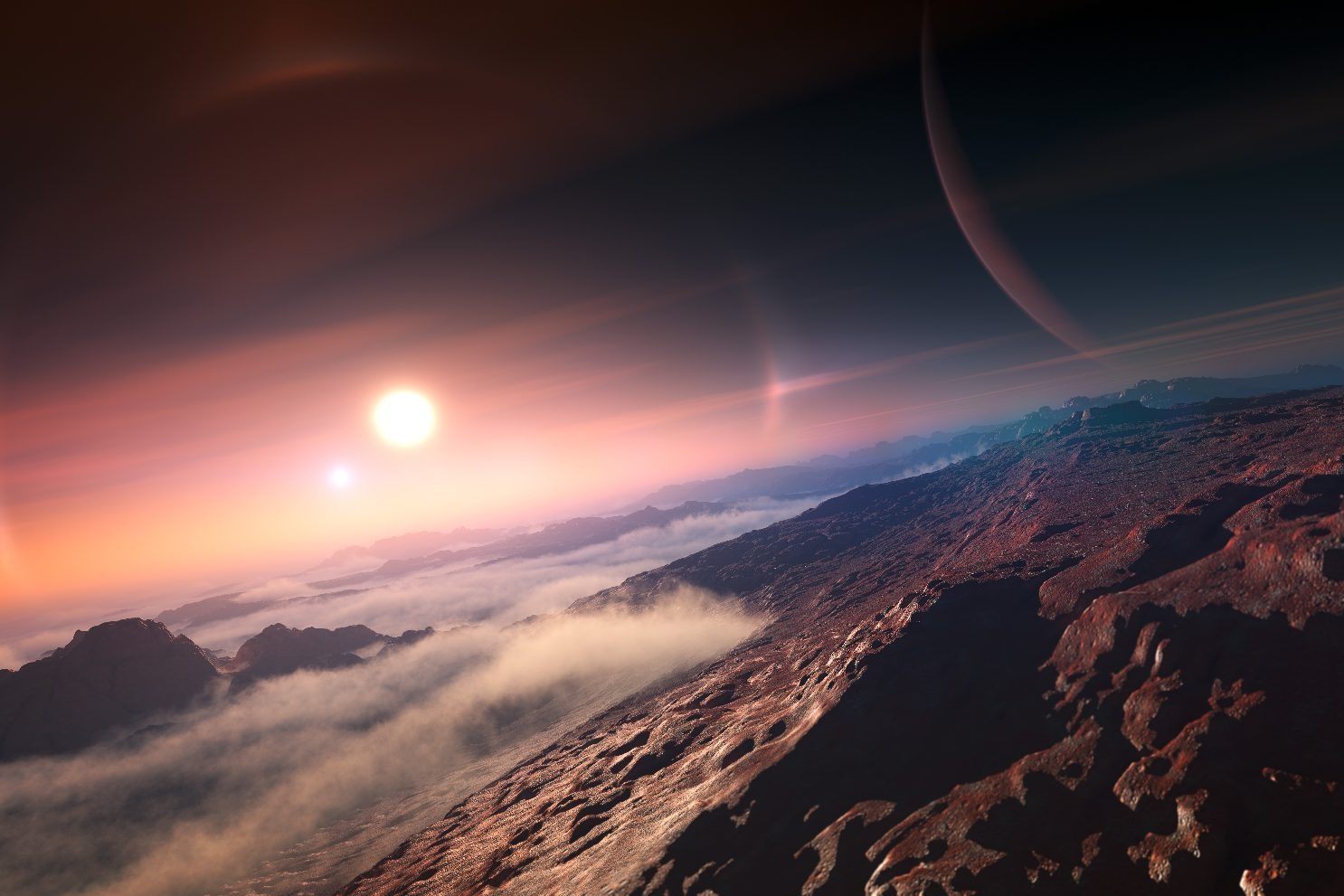The six planets are distinguished in several ways.
The TOI-178 solar system, two hundred light years away, differs from anything discovered so far. At least six planets orbit the central star, and five of them have special bonds. In addition, the arrangement of the planets is completely different from usual – this discovery was reported by Popular Science Journal.
Exoplanets, or exoplanets for short, are planets that do not orbit in our solar system, but revolve around another star. Researchers discover these distant planets by observing the brightness of the stars. When a planet passes between its star and its observer, the brightness of the stars changes slightly. Scientists are trying to discover these changes. Several special exoplanets have already been discovered, but the just presented solar system may surpass them all.
TOI-178 was first detected in 2018 by NASA’s Exoplanet Observing Satellite. The structure of the system was strange enough at first for astronomers to take it more seriously. CHEOPS, the European exoplanet observation satellite, has studied for 11 days, which is an exceptionally long period.
It quickly became apparent that the planet that was first seen as one in the system was actually two separate celestial bodies. The symmetrical orbital times of these two planets of 15 and 20 days resulted in the occultation of their stars alternating every ten days. Researchers say the chances of such a move are very slim.
Nearly 200 astronomers worked together to discover the properties of the strange solar system. In the end, six densely spaced planets orbiting close to their star were discovered. The narrow orbits are well illustrated by the fact that the planet closest to its day rotates every two days and the sixth every three weeks. By comparison, Mercury’s closest orbit in our solar system revolves around the sun in three months.
The most interesting thing about the TOI-178 system is how the orbits of the planets are coordinated. This phenomenon is called resonance. Astronomers have noted that planets often revolve around their days at a similar rhythm. In the video below, we can also see the harmony of the orbits to the sound.
When the planets are close together, their gravity prevents this harmony from disappearing. In the case of TOI-178, in fact, an odd relationship can also be observed between five planets except for the first. This is very rare, indicating that the system has not been inactivated for billions of years.
On TOI-178, the planetary density is also characteristic. In most solar systems, the planets line up around their stars in a specific order. As on our planet, dense, rocky planets orbit near the sun and then away from the mostly gaseous planets. This is probably popular because planets orbiting near stars are much warmer, causing a large portion of the gas to evaporate from their atmosphere after their formation, leaving only the rocky part.
However, in the TOI-178 solar system, moving outward from the central star, there are the first two rocky planets and then a rarer planet than Jupiter. The fourth is denser, and the fifth denser, with a density comparable to that of Mars. Finally, the sixth is the rarest of all.
This confusion is even more bizarre in light of circular harmony, so this strange solar system will still give researchers a lot of work to do.
Cover photo illustration.













































